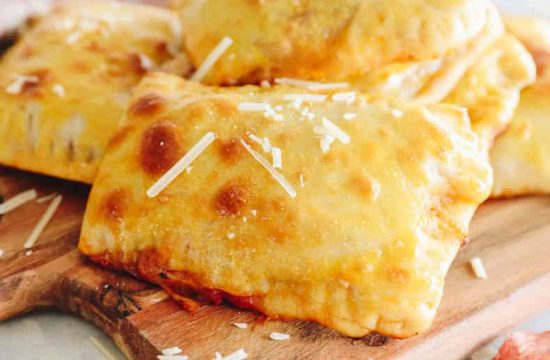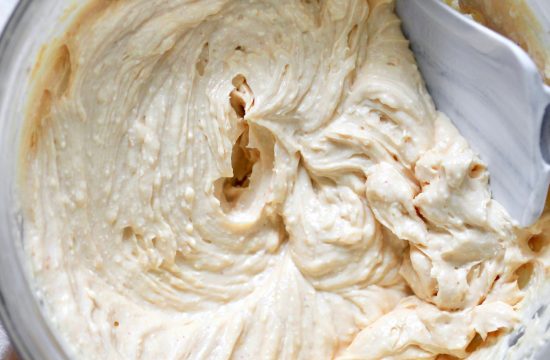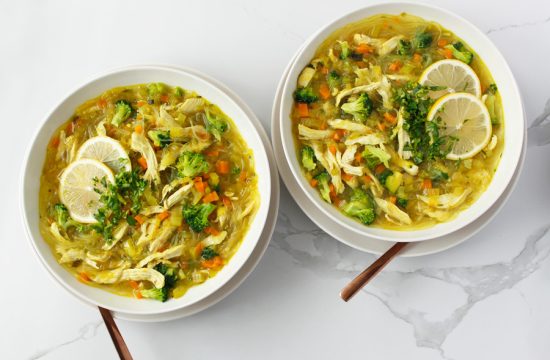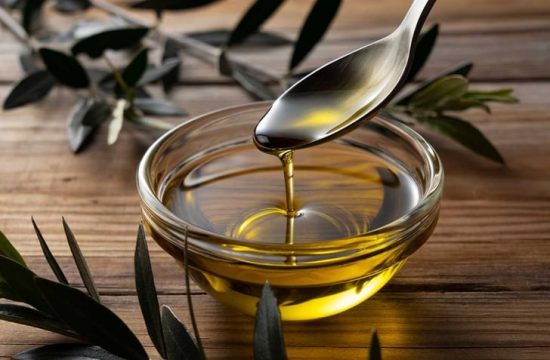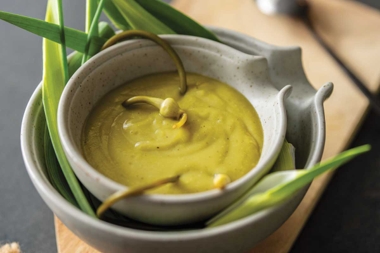
Whether you have a little one with a nut allergy or are keeping school lunches free from nuts out of consideration for their classmates, having go-to nut-free snack recipes under your belt means your family won’t have to rely on store-bought snacks. Plus, the homemade versions are far tastier, healthier, and economical.

This nut-free take on banana bread also happens to be dairy and gluten free, making it an ideal choice for children with food sensitivities. Coconut flour and brown rice flour keep this classic quick bread moist and dense, while mashed bananas add sweetness without being cloying. We’ve added dried blueberries to this loaf, but feel free to add mini chocolate or carob chips if desired. To improve this banana bread’s ability to hold together, keep the bread refrigerated until it’s ready to be sliced and transported.

Crunchy, crispy, and full of flavor, roasted chickpeas are an excellent source of dietary fiber, which has been shown to keep children’s gut flora happy and healthy. Enlist the help of your little ones when choosing a seasoning for the chickpeas. Or, go ahead and try several flavors at once (the recipe yields seven cups of roasted chickpeas—more than enough for some improvisation). Roasted chickpeas can also be combined with seeds, popcorn, dried fruit, and whole grain cereal to make a high-protein, portable nut-free trail mix.

Granola bars are the ultimate portable snack, but many recipes are heavy on the nuts and nut butters. This nut-free version is also gluten free and vegan (if brown rice syrup is used in lieu of honey). It makes use of raw pumpkin seeds, hemp hearts, sunflower seeds, and sesame seeds. Nut butter is typically used to bind homemade granola bars together, but this recipe uses tahini in its place—a paste made from ground sesame seeds that adds a distinctly nutty flavor (while keeping the bars nut free).
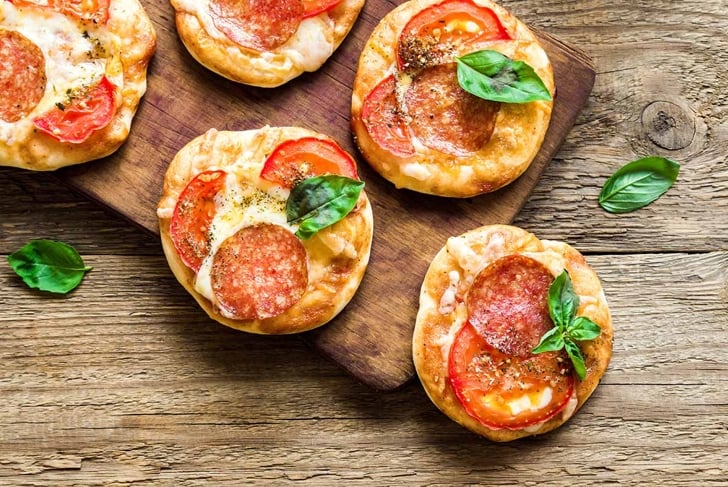
This recipe for mini personal pizzas features whole wheat English muffins topped with tomato sauce, veggies, cheese, chicken, and vegetarian pepperoni. Make these pizzas whenever your crisper needs to be emptied of leftover produce. The flavor possibilities are practically endless, and this is a great way to promote low waste in your household. Children as young as four can be involved with “decorating” the English muffins while older children and teenagers can choose and prepare their own toppings.

In need of a near-instant, nutritious snack for your kids? This recipe, which consists of raw apple slices sprinkled with cinnamon and layered with slices of cheese, comes together in no time at all! When apples are in season, experiment with different varieties such as tart Granny Smith and sweet Honeycrisp. Low-fat cheddar is suggested in the recipe, but any type of firm cheese will work well (we love gouda, Manchego, and Emmental, in particular).
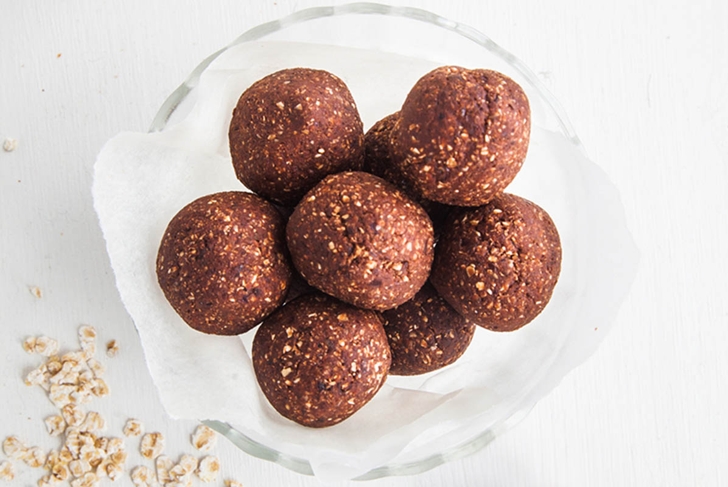
Rich and chocolatey, these brownie bites get their sweet flavor from Medjool dates, cacao nibs, and homemade oat flour (which gives the balls a nutty flavor without the addition of actual nuts). For super-simple snacking, make a double batch of these energy balls and freeze the extras on a baking sheet in a single layer. Once frozen, transfer to a resealable freezer-safe container for storage.

This easy-to-prepare, nut-free strawberry pudding also happens to be gluten free and vegan. Your kids will love the chewiness of the tiny chia balls that make up the base of this creamy snack. While the pudding comes together quickly, it needs at least three hours to set in the fridge until it’s firm enough to eat. No strawberries? No problem. You can make this chia pudding with any type of fruit you have on hand.

The perfect smoothie for kids of all ages, this recipe features bananas, mixed berries, yogurt, and oat milk (or whatever type of dairy or non-dairy milk your family prefers). Younger children can help measure the ingredients while older kids and teenagers can whip up smoothies on their own. If you find yourself with leftovers, try freezing the remaining smoothie in a popsicle mold to make homemade popsicles or in an ice cube tray.



